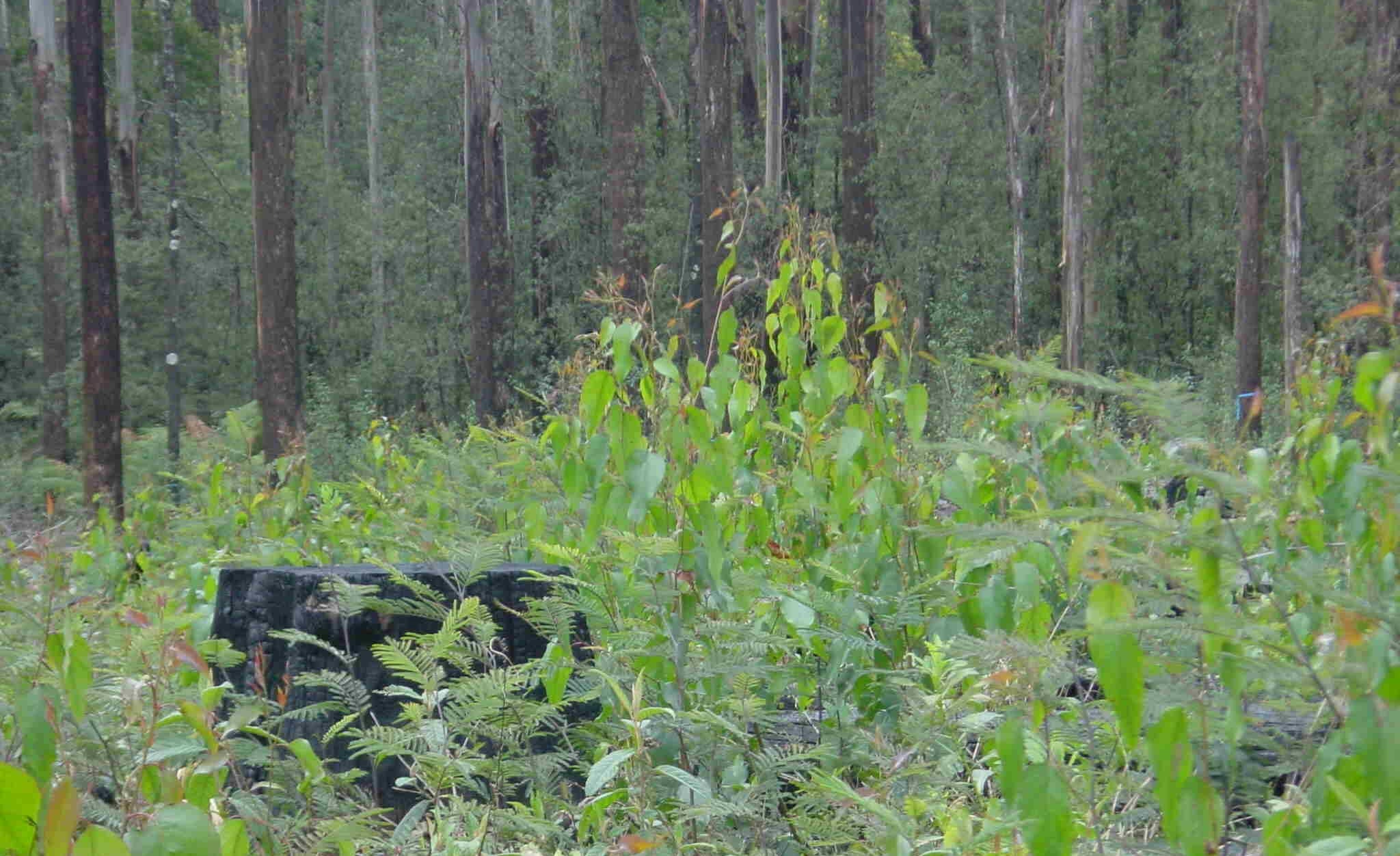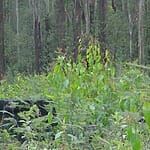Embracing Active Forest Management: A Path to Sustainable communities and a thriving environment
In today’s ever-evolving world, sustainable forest management has become critical in addressing environmental challenges. Active forest management means preserving our natural heritage while fostering resilient communities. In this article, we will explore the benefits of active forest management and show this approach is vital for the environment and our society.
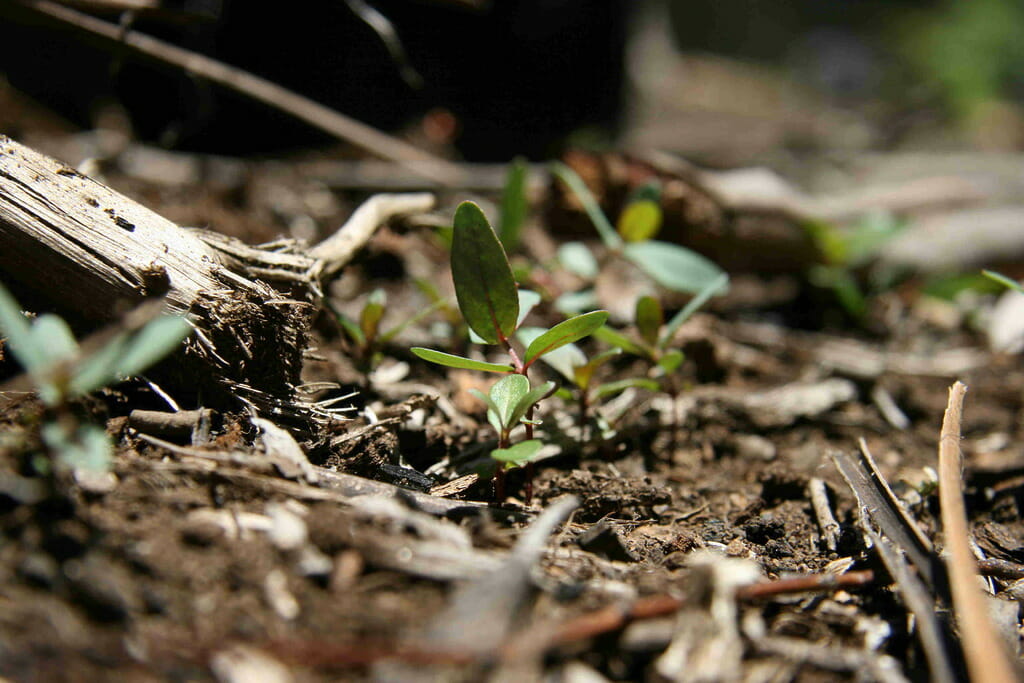
Sustainable Forest Management: Active forest management refers to the deliberate and thoughtful intervention in forests to achieve specific goals related to conservation, ecosystem health, and community well-being. Instead of leaving nature entirely to its own devices, this approach involves responsible practices that prioritise long-term sustainability. By actively managing forests, we can strike a delicate balance between human needs and the preservation of natural ecosystems.
Traditional Owners and Forest Stewardship: One crucial aspect of active forest management is to include traditional owners who possess unique knowledge and a profound connection to the land. For generations, indigenous communities have managed forests sustainably, considering the interdependencies between humans, flora, and fauna. Their traditional knowledge passed down through generations, provides invaluable insights into maintaining the delicate equilibrium of ecosystems. Collaborating with traditional owners respects their rights and culture and enhances the effectiveness of forest management practices.
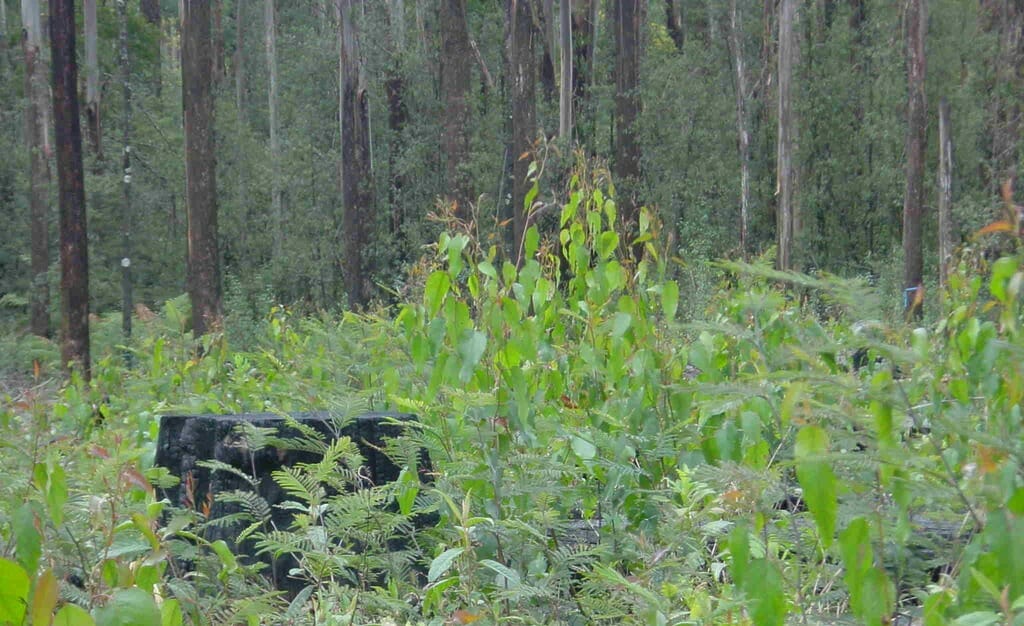
Environmental benefits of active forest management
Active forest management presents a range of environmental benefits that contribute to the overall health of our planet:
Biodiversity Conservation: When we employ active management techniques, such as selective logging and controlled burns, we mimic natural disturbance patterns. This approach creates diverse forest structures and promotes the regeneration of various plant species, preserves habitats for wildlife, and enhances overall biodiversity.
Carbon Sequestration: Forests act as carbon sinks, absorbing carbon dioxide from the atmosphere. Active management practices, such as sustainable timber harvesting followed by replanting and regenerating, ensure the continuous growth of forests and their ability to capture and store carbon, mitigating the impacts of climate change.
Fire Risk Reduction: Proper forest management helps reduce the risk of catastrophic bushfires. Experts such as fire ecologists and foresters employ strategies like thinning dense forests, creating firebreaks, and controlled burns. These proactive measures minimise the intensity and spread of bushfires, protecting both communities and ecosystems.
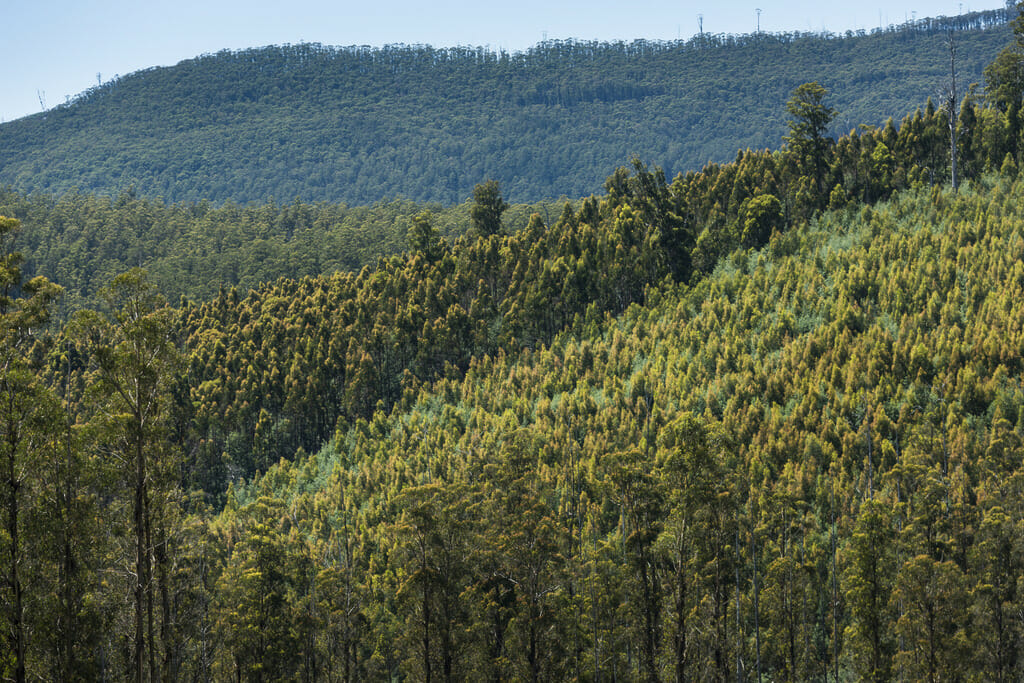
Socioeconomic benefits of active forest management
Active forest management offers significant advantages for local communities and society as a whole:
Economic Opportunities: Sustainable timber harvesting and the resulting processing provide employment opportunities and support local economies. By actively managing forests, we can generate income, foster entrepreneurship, and create sustainable livelihoods for communities in and around forested regions.
Community Resilience: Collaborative forest management practices empower local communities and traditional owners by involving them in decision-making. This inclusivity enhances social cohesion, strengthens cultural identities, and fosters a sense of ownership and responsibility towards forest resources.
Recreation and Tourism: Well-managed forests provide recreational spaces, ecotourism opportunities, and educational experiences for visitors. Forest trails, camping sites, and nature reserves attract tourists, benefiting local businesses and raising awareness about the importance of environmental conservation.

Embracing active forest management is not only a responsible choice but also a strategic one for safeguarding our environment and building sustainable communities. By incorporating traditional owners’ knowledge, we can create a collaborative approach that respects cultural heritage while addressing pressing environmental challenges. Active forest management offers ecological, economic, and social benefits, fostering biodiversity conservation, mitigating climate change, and enhancing community resilience. It is time we recognise the significance of this approach and support the collective effort towards a more sustainable future.

